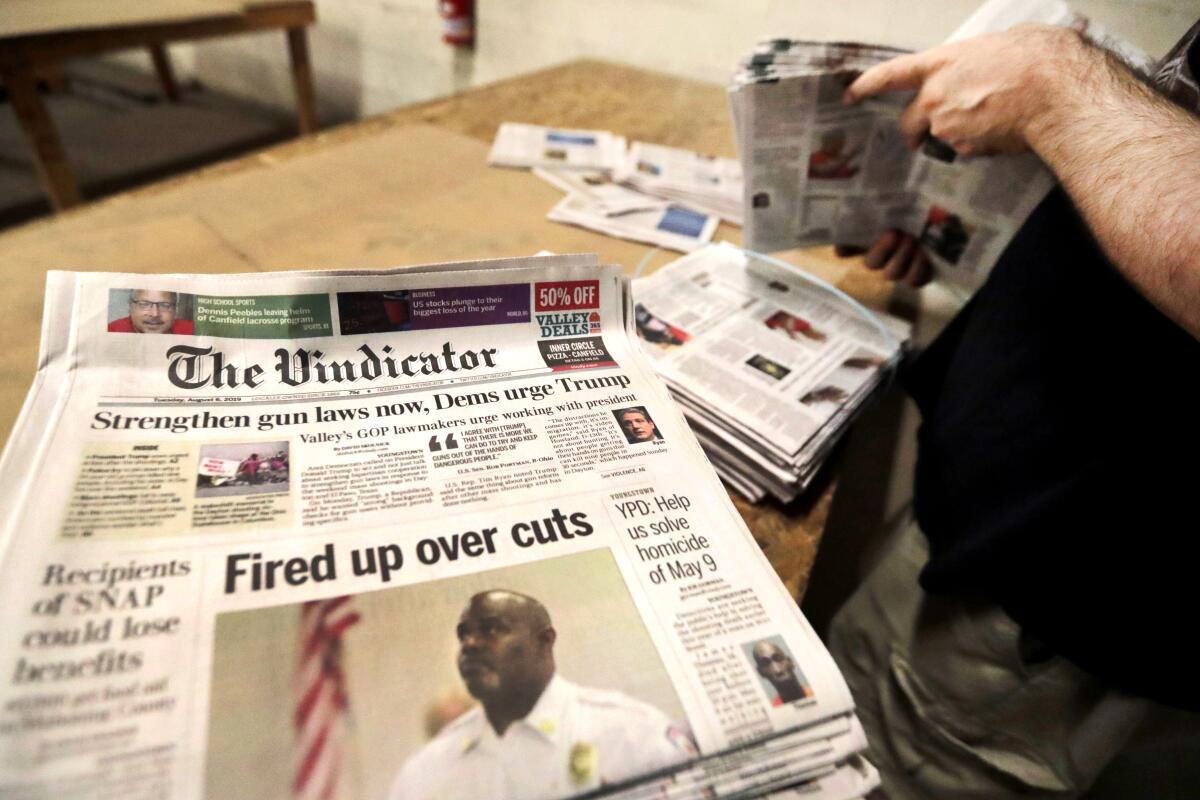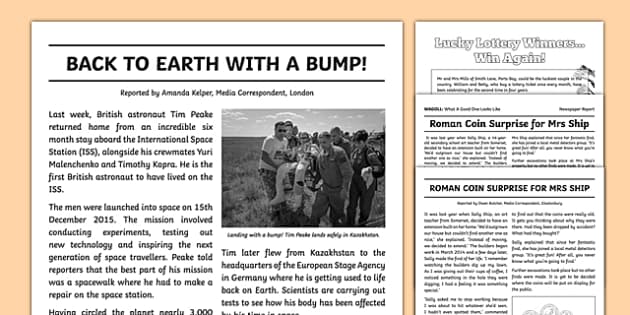Some Of News Articles
Table of ContentsAll about News ArticlesNews Articles - An OverviewThe Single Strategy To Use For News ArticlesNews Articles Fundamentals ExplainedThe Greatest Guide To News Articles
Excellent understanding of different topics provides students an affordable side over their peers. Even though digital and social networks are readily obtainable, we must not forget just how vital it is to check out the newspapers. Moms and dads need to try and instill the behavior of reviewing a paper as a day-to-day routine to continue the legacy of the adored print tool.News tales additionally contain at least one of the complying with vital characteristics family member to the desired audience: proximity, importance, timeliness, human passion, curiosity, or effect.
Within these restrictions, information stories additionally intend to be detailed. Amongst the larger and extra recognized papers, fairness and balance is a major factor in providing details.
Papers with a worldwide audience, for instance, tend to utilize a much more formal style of creating. The specific selections made by an information outlet's editor or editorial board are commonly gathered in a design guide; common style overviews consist of the and the United States Information Style Book. The main objectives of information writing can be summarized by the ABCs of journalism: accuracy, brevity, and clearness.
The News Articles PDFs
As a regulation, journalists will certainly not use a lengthy word when a short one will do. They make use of subject-verb-object building and vibrant, active prose (see Grammar). They use stories, examples and allegories, and they seldom depend on generalizations or abstract ideas. Information writers try to stay clear of utilizing the very same word greater than once in a paragraph (in some cases called an "echo" or "word mirror").
Nonetheless, headings occasionally omit the subject (e.g., "Leaps From Watercraft, Catches in Wheel") or verb (e.g., "Feline lady lucky"). A subhead (also subhed, sub-headline, subheading, caption, deck or dek) can be either a subordinate title under the major headline, or the heading of a subsection of the write-up. It is a heading that precedes the major text, or a team of paragraphs of the major text.

Additional billboards of any of these types might show up later on in the article (specifically on subsequent web pages) to entice additional analysis. Such billboards are also utilized as tips to the short article in various other areas of the publication or website, or as ads for the item in other magazine or websites. Normal structure with title, lead paragraph (summary in vibrant), other paragraphs (information) and get in touch with information.

Example of a hard-lead paragraph NASA is suggesting one more space project. The agency's budget demand, introduced today, consisted of a strategy to send out one more mission to the Moon. This time the agency hopes to develop a lasting center as a jumping-off factor for other space adventures. The budget demands around $10 billion for the job.
The NASA news came as the company requested $10 billion of appropriations for the project. An "off-lead" is the second essential front web page information of the you could try here day. The off-lead appears either in the leading left edge, or directly listed below the lead on the right. To "hide the lead" is to begin the article with history information or information of secondary importance to the viewers, requiring them to find out more deeply into an article than they need to have to in order to discover the crucial factors.
The Buzz on News Articles
Usual usage is that a person or more sentences each create their own paragraph. Journalists generally describe the organization or framework of an information story as an inverted pyramid. The crucial and most interesting aspects of a tale are placed at the beginning, with supporting information complying with in order of reducing importance.
It enables individuals to explore a subject to just the depth that their inquisitiveness takes them, and without the imposition of information or subtleties that they might take into consideration unimportant, yet still making that information offered to a lot more interested readers. The upside down pyramid framework likewise enables articles to be trimmed to any arbitrary length during design, to suit the room readily available.
Some authors start their stories with the "1-2-3 lead", yet there are numerous kinds of lead available. A kicker can refer to numerous points: The last tale in the news broadcast; a "happy" story to end the show.
Longer posts, such as magazine cover short articles and the pieces that lead the within areas of a newspaper, are called. Feature stories vary from straight information in numerous means. Foremost is the lack of a straight-news moved here lead, a lot of the time. As opposed to offering the significance of a tale in advance, function writers may attempt to draw visitors in.
Not known Details About News Articles
An attribute's very first paragraphs commonly associate an appealing minute or event, as in an "anecdotal lead". From the particulars of a person or episode, its sight quickly expands to generalizations concerning the story's topic.

The Editor's Tool kit: A Recommendation Guide for Beginners and Professionals (2001) Allan M. Siegal and William G. Connolly. The New York City Times Handbook of Style and Use: The Authorities Style Overview Utilized by the Writers and Editors of the World's Most Reliable Newspaper (2002) M. L. Stein, Susan Paterno, and R.